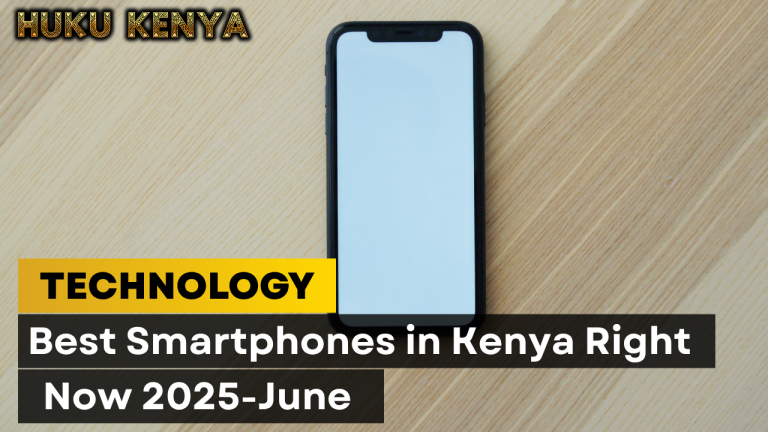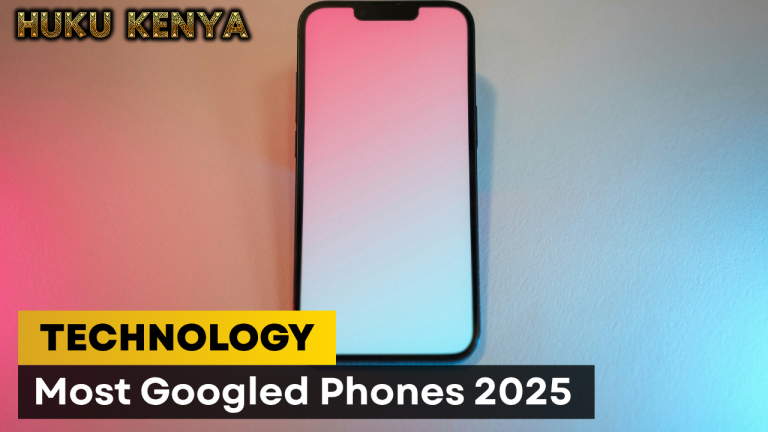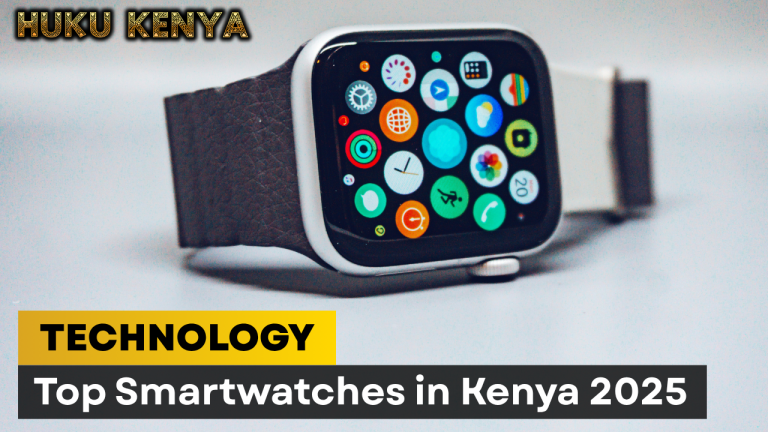
Kenya’s healthcare system is undergoing a major digital transformation in 2025, driven by a government-backed initiative to modernize public health infrastructure, streamline patient care, and improve data management. At the heart of this shift is the Integrated Healthcare Information Technology System (IHTS), a KSh 104.8 billion project awarded to a consortium led by Safaricom PLC in late 20242.
This article explores the key components of Kenya’s digitization strategy, the technologies being deployed, and the expected impact on healthcare delivery nationwide.
1. The IHTS Project: Scope and Partners
- Lead Consortium: Safaricom, Apeiro Digital, Konvergenz Network Solutions
- Contract Value: KSh 104.8 billion over 10 years
- Funding Model: No upfront CapEx or OpEx; paid via milestone-based installments
- Government Oversight: Ministry of Health, Digital Health Agency, Social Health Authority (SHA)
The IHTS is designed to unify Kenya’s fragmented health systems into a fully integrated digital platform, improving access, efficiency, and transparency.
2. Core Technologies Being Rolled Out
a. Health Information Exchange (HIE)
- Centralized system for real-time sharing of patient records across facilities
- Eliminates duplication and delays in diagnosis
- Enables continuity of care across counties and hospitals
b. Hospital Management Information System (HMIS)
- Digitizes hospital operations: admissions, billing, diagnostics, pharmacy, and discharge
- Supports clinical decision-making with instant access to patient history
- Includes consent management framework for data privacy compliance
c. Digital Health Infrastructure
- Deployment of:
- 70,000 tablets for health workers
- 5,000 laptops for facility management
- Reliable internet and power backup systems
- Locally hosted health cloud for secure data storage under Kenya’s Data Protection Act
d. SHA Integration
- SHA registration via AfyaYangu App and SHA Portal
- Real-time authentication of insurance claims
- Fraud prevention and automated payments
3. County-Level Digitization Progress
Mombasa County
- TaifaCare System has digitized 91% of health facilities
- Improved patient tracking, billing, and inventory management
Nairobi County
- Piloting SHA-linked e-claims processing in Level 4 and 5 hospitals
- Integration with NHIF legacy systems underway
Kisumu & Uasin Gishu
- Early adopters of electronic medical records (EMRs) and telemedicine platforms
4. Community Health Digitization Strategy
Kenya’s National Community Health Digitization Strategy (2020–2025) outlines the deployment of:
- Electronic Community Health Information System (eCHIS)
- Mobile tools for Community Health Volunteers (CHVs)
- Integration with:
- Kenya Health Information System (KHIS)
- National Integrated Identity Management Service (NIIMS)
- Shared Health Record (SHR) system
The strategy emphasizes household enrollment, client referral, disease surveillance, and messaging for preventive care4.
5. Supply Chain & Pharmaceutical Digitization
- KEMSA’s supply chain now digitized for real-time inventory tracking
- Reduces stockouts and prevents counterfeit drugs
- Enhances visibility of medical product movement across counties
6. Cybersecurity & Interoperability Standards
- Adoption of HL7 FHIR protocol for seamless data exchange
- Robust cybersecurity measures to protect patient data
- Role-Based Access Control (RBAC) and encryption protocols in place
7. Challenges and Next Steps
Challenges:
- Resistance to change in some counties
- Training gaps among health workers
- Data migration from legacy systems
Next Steps:
- Full SHA rollout by Q4 2025
- Expansion of eCHIS to all 47 counties
- Public education campaigns on digital health rights and access
Kenya’s digitization of health facilities in 2025 marks a transformative leap toward Universal Health Coverage (UHC). With Safaricom and its partners leading the charge, the country is poised to deliver more efficient, equitable, and secure healthcare services to millions of citizens.

























